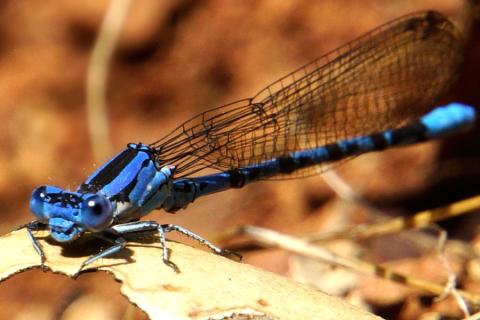Insects are extremely important to the lives of humans. They are economically important and provide food for many people. American biologist E. O. Wilson once said: “If all mankind were to disappear, the world would regenerate back to the rich state of equilibrium that existed 10,000 years ago. If insects were to vanish, the environment would collapse into chaos.”
Humankind disrupts the lives of insects by habitat loss, pesticides, pollution as well as climate change. Pesticides account for almost half of their decline. Here is a news report from 2019. And another article. Some have called this decline “an insect apocalypse.”; others disagree.
If we lose bees, our agriculture and flowering plants will not have pollinators.
Insects are an important source of protein in many cultures and their importance as food may increase.
Medical
Insects are loaded with biologically active compounds that they use for defense and for breaking down food. Scientists have been “bio-prospecting” them, just as they have been with marine animals. So far, they have identified molecules that kill cancer cells, proteins that prevent blood from clotting, enzymes that degrade pesticides, proteins that glow in the dark, and antimicrobial agents. Read more and watch the video about research.
Biomimicry
Insects inspire biomimicry. From Johns Hopkins University, read about the amazing jumping abilities of crickets and how that might influence robot design in the article: "Tiny Dancers: Can Ballet Bugs Help Us Build Better Robots?" Many researchers have been trying to create a human-made spider silk, which is five times stronger than steel and more elastic than rubber bands. Read this 2015 article about artificial silk.





















